Final Fantasy VI: Esper Studio
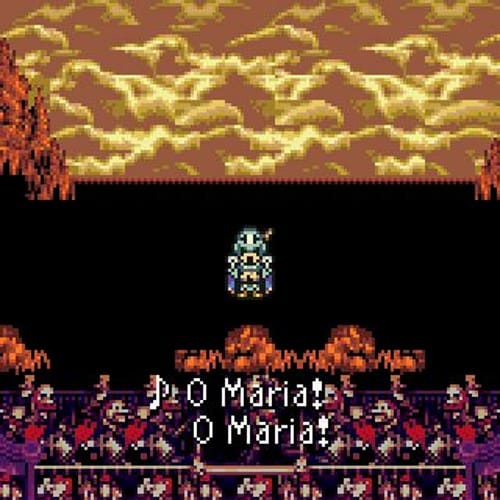
Greetings! This week’s entry is something I had had my eye on for a while. It’s not every day that your favorite game turns thirty, and so the April 2 anniversary of the Japanese release of Final Fantasy VI was something I wanted to celebrate. The extension of the Final Fantasy movie retrospective through all of March just ended up being a happy accident. After so many confused attempts at translating their games to cinema, it’s instructive to look back at why that seemed such a compelling idea in the first place.
‘Cinematic’ is vague term, a selling point that is meant to emphasize that something is ‘like a movie.’ Which is to say a linear narrative unfolding through the perspective of a camera that moves and cuts to different angles. The pursuit of a 'cinematic' quality in games is treated in the big-budget sphere as the medium's holy grail, but often it's more a particularly quixotic windmill. Games that attempt to imitate film, and even do it well, still have to contend with the fact that their audience are not viewers but players. At some level asking them to put their controller down and watch is as perverse as asking a moviegoer what happens next. Final Fantasy VI, which was released in Japan thirty years ago this week, didn't resolve this tension, but by leaning into its limitations, the fact that it could never be mistaken for a movie, it created what is still some of the most impactful, economic, and yes, cinematic storytelling the medium has ever seen.
The game's ambitions are clear in its opening minutes, which feature no less than four different modes of presentation. The title screen scrolls down a gorgeous, bespoke pixel art lightning storm animation, revealing a town glowing in the nighttime mountainside. On starting the game proper an expository text, describing the rise of technology in the wake of the destructive War of the Magi that wiped magic from the world, is superimposed over scene-setting scrolling 'shots' over towns and cities as presented in-game. There's a brief dialogue scene atop a mountain between two mech-piloting soldiers discussing the newly appeared magical creature they plan to seize, while a young woman accompanying them stares mutely on. Then there is an honest-to-god credits sequence, the three mechs viewed from behind as they trudge on a faux-3D plane through a snowstorm in their approach to the town we saw earlier, which rises up and looms over them by the end. The credits can be skipped, we're "only" watching three minutes of transit as the creators' names fade in and out; but their willingness to hold off starting in order to establish mood tells us as much about their ambitions as their names.
After the intro the game settles into a more typical presentation of 2D Japanese role-playing games of the time, but it is filled with little grace notes. Every one of the game's fourteen(!) playable characters gets an introduction: their surroundings fade to black and an evocative descriptive text appears beneath them, often with their signature leitmotif playing on the soundtrack. The plentiful flashbacks are distinguished by a murky green color filter. The animation, even while still being just a series of keyframe poses, has little details like characters closing their eyes, that communicate emotion. Key story beats and faster map travel is done with the same faux-3D that the opening credits did, changing things up and creating a sense of speed and dynamism. The visuals are doing everything they can to give these 16x24 sprites life and personality.
This same strategy of refined reduction holds for the story sequences. A given scene will last a few minutes, sometimes only a few lines, before the player is in control again. Yet these scenes punch far above their weight for how deftly their different elements are used. Similar to the abstracted pixel art, the writing is reduced to its essentials. The dialogue, already reduced because of a hurried localization process and English words requiring more space than Japanese script, wastes no time. Every line conveys new information and emotion. At times the action will “cut” between smaller moments, telescoping time with maximum efficiency. The scenes are closer to vignettes, but it doesn't feel like anything is actually missing.
In part because the graphics are so unassuming, the heaviness of the material is surprising, and surprisingly affecting. A thief who seeks the world's treasures, that he may some day find the magic relic that will bring back his beloved. A warrior trapped by grief for his poisoned family. An assassin who left behind his infant daughter because of the danger she was in if he remained. It's operatic, sure, but the essentialized presentation actually helps it feel more credible.
That's not an idle comparison either. As anyone with a passing interest in games history will tell you, this is the one with the opera. It has the goofiest possible setup, which includes a purple octopus out for a revenge that homages The Man Who Knew Too Much, but the opera itself is a stunning set piece for how comparatively little it has to work with. Each “act” gets its own track of music, with character blocking choreographed to match. The accompanying lyrics are “sung” using the SNES’s primitive MIDI sound chip, using basso and soprano oohs and aahs. Its initial silliness is overcome by the sheer perverse ambition of telling a story within-a-story with these little Lego-looking characters. It’s a literal showstopper, another example of the game pausing its fantasy story of magical empires, this time to take a huge swing toward high culture. No one would ever confuse it for a real opera, but it distills the elevated emotions associated with it as fully as it does everything else.
Beyond being an impressive production, the opera sequence is used as a foundation for its featured character. Celes is a former general of the empire who joined the resistance, and when she gets roped into switching places with an opera singer it's an absurd joke. A few hours later we hear Celes' theme for the first time, and it's a slower, more melancholy arrangement of the aria she sings, "Aria De Mezzo Carattere." And then, hours after that, Celes finds herself alone in the world, bereft of friends, including Locke, and in despair she casts herself off a cliff. Her theme plays again, and the blocking of the scene visually echoes the earlier aria, which ended with her character Maria casting a bouquet of flowers off a castle wall as she gives up on seeing her lover Draco again. The suicide attempt is a tremendous scene on its own, genuinely sad and risky even today, but the way it builds on what was already the game's most memorable sequence and turns it into parallel storytelling, is genius stuff. And it's optional, only triggered if you are unsuccessful in saving another character's life.
Indeed, most of the character-building scenes similarly have to be unlocked by the player. Which sounds like the worst possible thing for a work with cinematic aims—isn't film about directing the audience's attention, after all? Why hide the crucial details? Yet making players seek these scenes out proves to be a canny solution, as it turns the curated, directed parts of the experience into rewards for player curiosity and experimentation. Gameplay secrets were nothing new in 1994, Final Fantasy games had included them for years, but they work so well in Final Fantasy VI both because of their sheer quantity and variety, and because the act of finding your way is thematically resonant.
For this is a story about coping with loss. Nearly all the principle characters are haunted by something or someone that was taken from them, and the back half of the game is literally spent rebuilding. Ay, in addition to opera, FFVI is also known as the one where the world ends. At the point where it seems like the story should be wrapping up, a climactic confrontation on a floating island, the emperor is straight up murdered by his lackey, a psychopathic jester named Kefka who seizes the magical power of three statues that hold the world in balance. (Kefka is the third thing this game is known for.) He shatters the world, and your party, and when you wake up as Celes a year later, you have to go and find all of them again and take Kefka on. Once you finally confront him he nihilistically sneers at all attempts to find joy in his dying world, and each character tells him what they've found to live for—if you've found them. The game was already ahead of most of its contemporaries in being about something more than (just) killing the bad guys. These days its story of people trying to make do after a nihilistic insult comic went from punchline to ultimate power and broke the world, feels downright prescient.
As it began cinematically, so it ends. The battle with Kefka takes place on a scrolling backdrop of four rising tiers, with a gnarled mass of beings that recalls Dante and visually quotes Michelangelo, the fight accompanied by a sixteen-minute, four-movement pipe organ symphony, "Dancing Mad," (Japanese title "Wild Dance of a Calamitous Star") that reprises the chords from the beginning of the game. The ending, the player's final reward, is a montage that highlights every character in your party. This isn't in itself nearly as remarkable as, once more, the presentation. The sequence begins with a realistically-rendered sepia-toned animation of a book's pages turning. Each character's big scene is prefaced by a similar shot of their signature item, and the entire thing is scored with a triumphant medley of every character's theme. (Nobuo Uematsu's music is maybe the thing about this game people talk about most of all.) When the character's name comes up, it does so first with the one you gave them, and then their full name. It's something of a curtain call, pulling back from the story to acknowledge it as such, and the player and the characters they've built as actors in it.
Final Fantasy VI was far from the first game to try to bridge the gap between games and film. 1994 alone was an absolutely stacked year for games, and one of them—the Sega CD remake of Snatcher, by future Metal Gear Solid and Death Stranding auteur Hideo Kojima—was much more overt in its cinematic aspirations. But to my admittedly rose-tinted eyes, few games were so successful with such limited resources. The game's 1997 sequel was the series' blockbuster, but in Final Fantasy VII's cutting-edge 3D cinematics one can see the seeds of the misguidedness and hubris yet to come. Even the often dazzling FFVII remake games can't help but feel like they are only showing us everything that games today are. Final Fantasy VI showed what games could be.
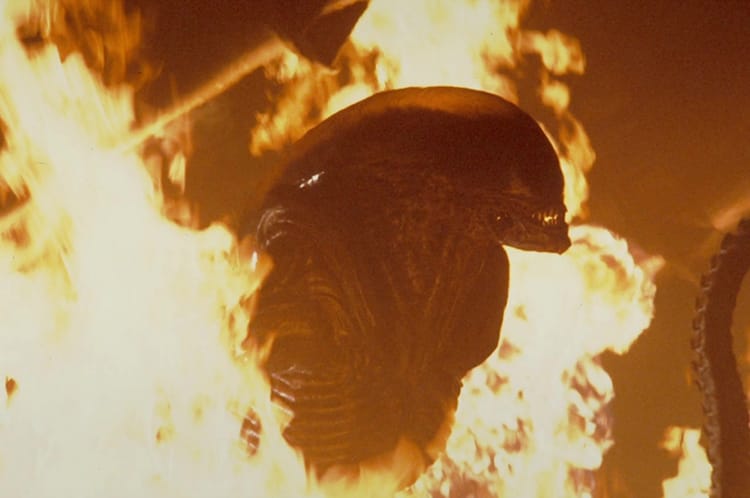
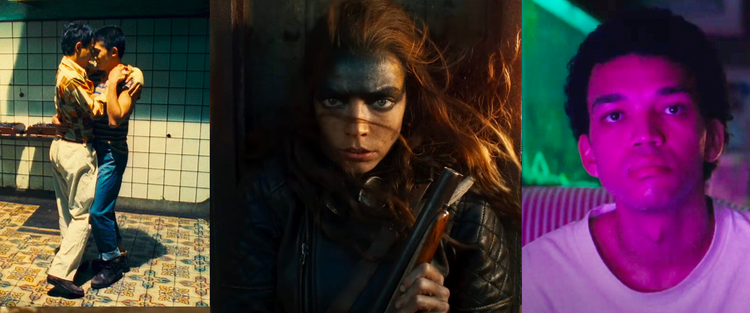
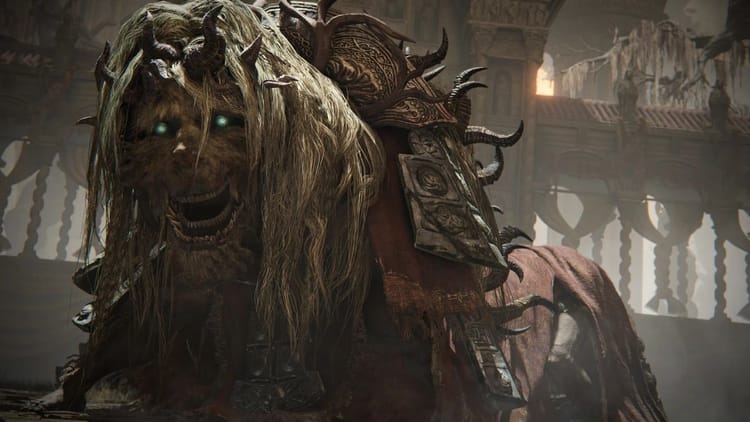
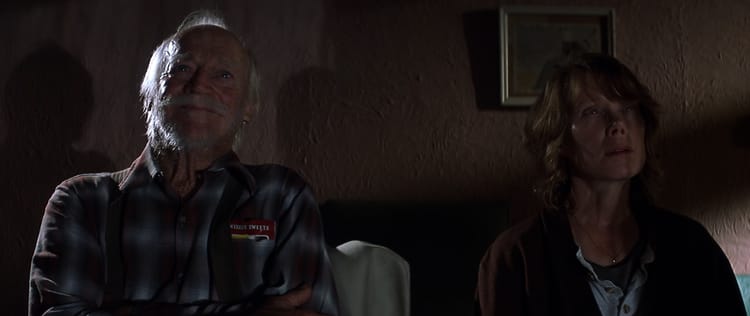
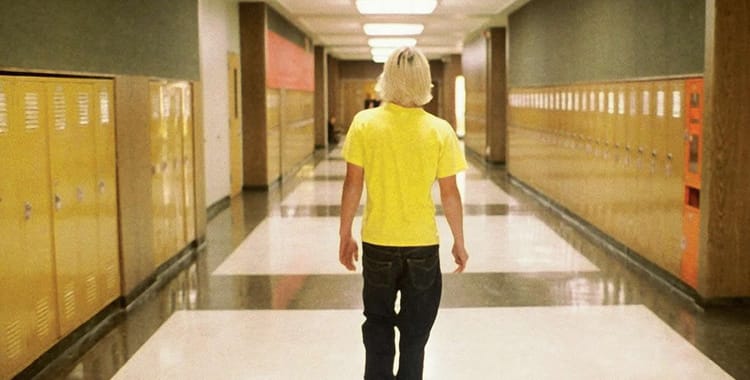
Member discussion